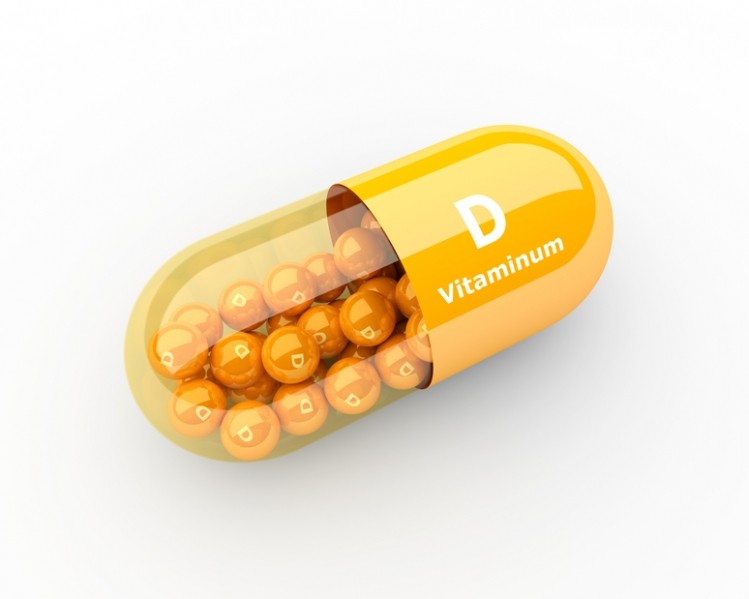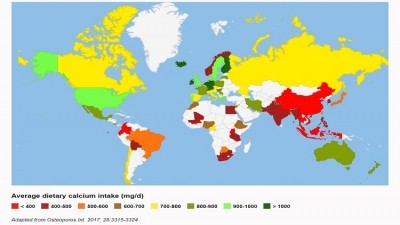Vitamin D supplementation 'essential' for Chinese osteoporosis patients in South East Asia: Study

Ninety Chinese Malaysian women with PMO, aged 55 and above, participated in a study by the University of Malaya, which found sun exposure and prior vitamin D supplementation alone insufficient in maintaining a healthy level of vitamin D in their subjects.
The study stated: “Unexpectedly, a quarter of our cohort of Chinese Malaysian women with PMO had evidence of vitamin D insufficiency at baseline despite the fact 80% were vitamin D-supplemented.” It also noted that conversely, only a minority (17.9%) of the subjects had sufficient baseline levels of vitamin D despite not having been supplemented with vitamin D3 (cholecalciferol) prior to the study.
As sun exposure was more or less equal for all the participants, its findings suggested that for women with PMO, who also face a higher fracture risk, sun exposure is not enough to “maintain adequate vitamin D concentrations”.
Furthermore, all the participants live near the equator, where they experience sun all year round, yet still did not manage to attain sufficient levels of vitamin D without additional cholecalciferol supplementation. This is compounded by the fact that “vitamin D-fortified foods and fatty fish such as sardines, tuna and salmon are not widely available or consumed in Malaysia”.
Fracture prevention
The study asserted that sufficient universal vitamin D supplementation is crucial for older women with PMO, as it can prevent them from falling and suffering fractures, regardless of their vitamin D status. This becomes even more important when considering that vitamin D deficiency is prevalent in the elderly in general.
At the same time, the majority of randomised controlled trials (RCTs) on the efficacy of active osteoporosis therapy have shown calcium and vitamin D supplementation necessary for the therapy to be effective.
As such, “it is not a question of whether vitamin D supplementation is required but rather, how much vitamin D is necessary for optimal bone health amongst the Chinese diaspora to Southeast Asia”.
The study’s subjects had their prior vitamin D supplements discontinued before they were split into two groups, one receiving 25,000 IU of oral cholecalciferol four times a week and the other receiving 50,000 IU four times a week.
After 16 weeks, those who already had sufficient baseline levels of vitamin D retained sufficiency, while those who had baseline vitamin D insufficiency or deficiency attained sufficiency.
In terms of the required dosage to attain sufficient levels of vitamin D, the study recommended between ~900 IU and ~1800 IU per day to reduce fracture risk and “increase lower extremity strength”, as well as to improve bone health, muscle strength and calcium metabolism.
The study concluded: "Despite pretrial vitamin D supplementation and adequate sun exposure, 25.6% Chinese Malaysian PMO women were vitamin D insufficient indicating sunshine alone cannot ensure sufficiency in the tropics. Both ~900 IU/day and ~1800 IU/day cholecalciferol can safely maintain vitamin D sufficiency in >90% of Chinese Malaysian PMO women. Higher doses are required with baseline concentration <75 nmol/L."
Source: Asia Pacific Journal of Clinical Nutrition
https://doi.org/10.6133/apjcn.042016.10
“Maintenance vitamin D3 dosage requirements in Chinese women with post menopausal osteoporosis living in the tropics”
Authors: Yogeswari Venugopal, et al.


















